�
v itilttttttttttflfff,
'
S i o i d P iifticlp Hydrodynamics
a meshfree particle method
�
G R Liu
National University of Singapore
M B Liu
SmoothPd Pdrticlp Hydrodyndmics
a meshfree particle method ''
i^11t'
World Scientific
NEW JERSEY • LONDON • SINGAPORE • SHANGHAI • HONGKONG • TAIPEI • BANGALORE
�
Published by
World Scientific Publishing Co. Pte. Ltd.
5 Toh Tuck Link, Singapore 596224
USA office: Suite 202, 1060 Main Street, River Edge, NJ 07661
UK office: 57 Shelton Street, Covent Garden, London WC2H 9HE
British Library Cataloguing-in-Publication Data
A catalogue record for this book is available from the British Library.
SMOOTHED PARTICLE HYDRODYNAMICS
A Meshfree Particle Method
Copyright © 2003 by World Scientific Publishing Co. Pte. Ltd.
All rights reserved. This book, or parts thereof, may not be reproduced in any form or by any means,
electronic or mechanical, including photocopying, recording or any information storage and retrieval
system now known or to be invented, without written permission from the Publisher.
For photocopying of material in this volume, please pay a copying fee through the Copyright
Clearance Center, Inc., 222 Rosewood Drive, Danvers, MA 01923, USA. In this case permission to
photocopy is not required from the publisher.
ISBN 981-238-456-1
Printed in Singapore by World Scientific Printers (S) Pte Ltd
�
To Zuona
Yun, Kun, Run,
and my family
for the time and support they gave to me
G. R. Liu
To Huiqi
for her love, support and encouragement
M. B. Liu
V
�
�
Preface
Background
Numerical simulation using computers has increasingly become a very important
approach for solving problems in engineering and science. It plays a valuable
role in providing tests and examinations for theories, offering
insights to
complex physics, and assisting in the interpretation and even the discovery of
new phenomena. Grid or mesh based numerical methods such as the finite
difference methods (FDM) and the finite element methods (FDM) have been
widely applied to various areas of computational fluid dynamics (CFD) and
computational solid mechanics (CSM), and are currently the dominant methods
in numerical simulations for solving problems in engineering and science.
Despite the great success, grid-based numerical methods suffer
from
difficulties in some aspects, which limit their applications in many complex
problems. The major difficulties are inherited from the use of grid or mesh.
Because the entire formulation is based on the grid/mesh, a time-consuming and
costly process of generating/regenerating a quality grid/mesh is necessary. The
use of grid/mesh can lead to difficulties in dealing with problems with free
surface, deformable boundary, moving interface (for FDM), and extremely large
deformation (for FEM).
A recent strong interest is focused on the next generation computational
methods — meshfree methods, which are expected
to
conventional grid-based FDM and FEM in many applications. A large number
of meshfree methods have been proposed for different applications, as detailed in
the recent monograph on meshfree methods by G. R. Liu (2002). These
to be superior
vu
�
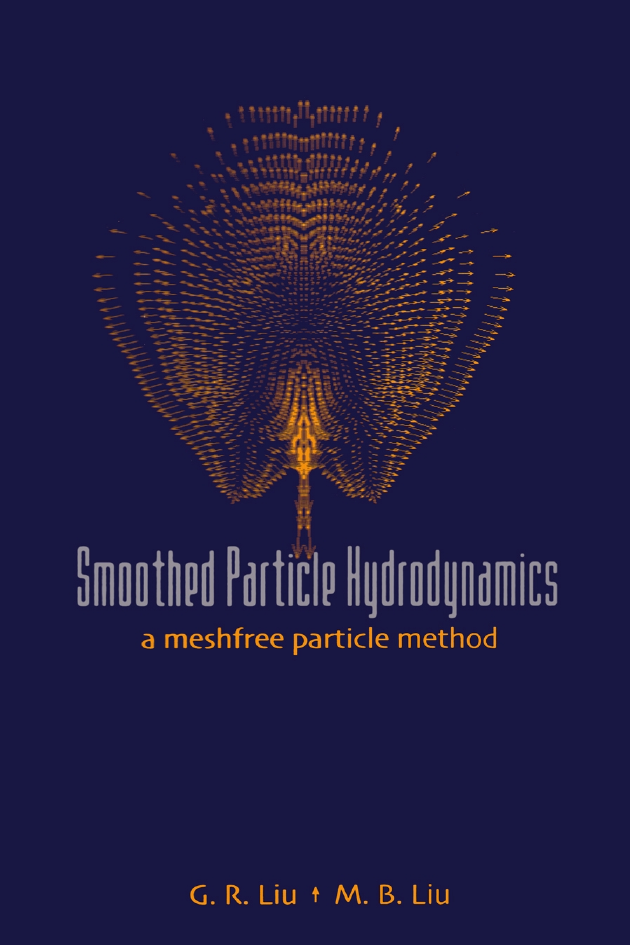
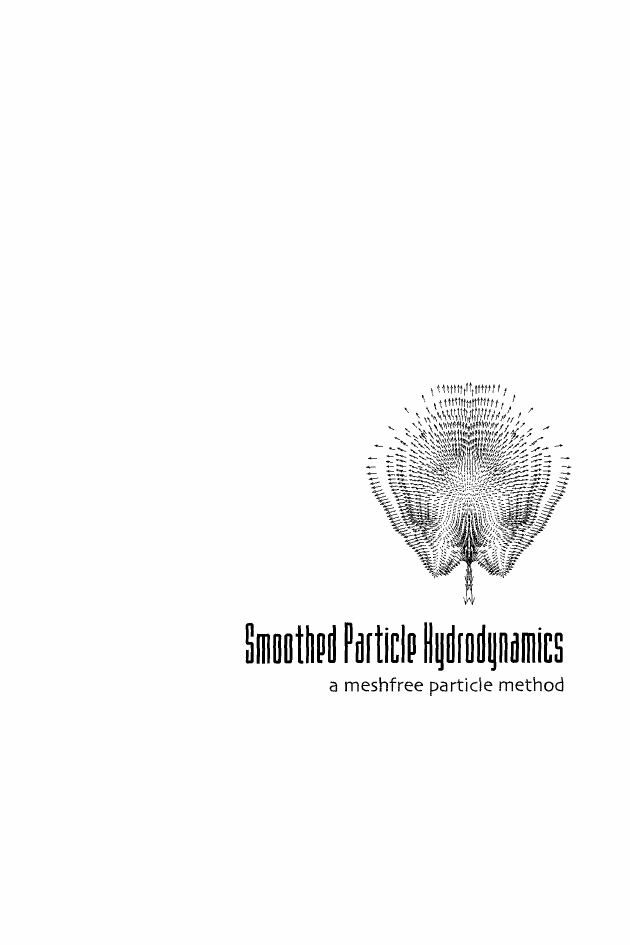

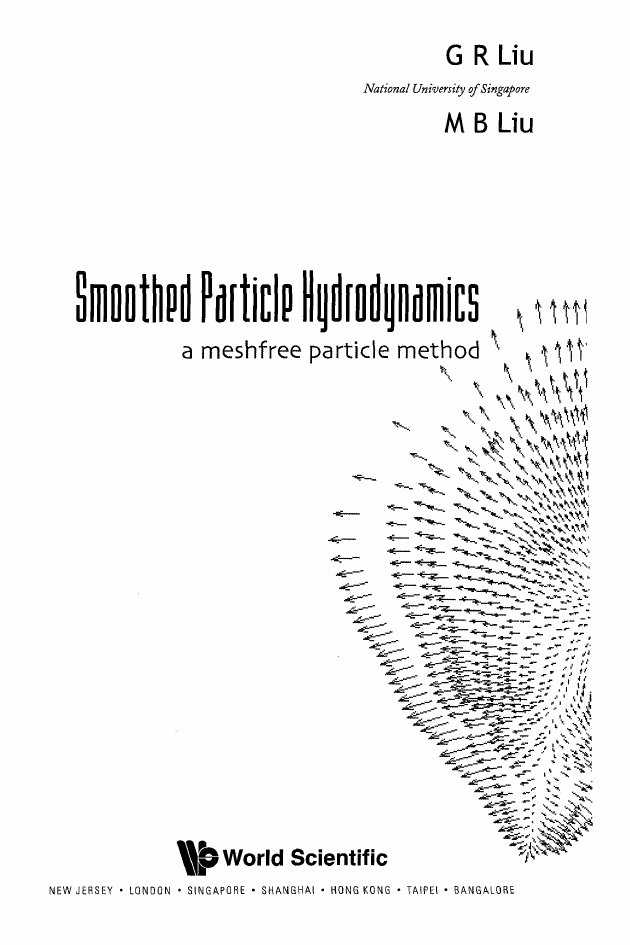
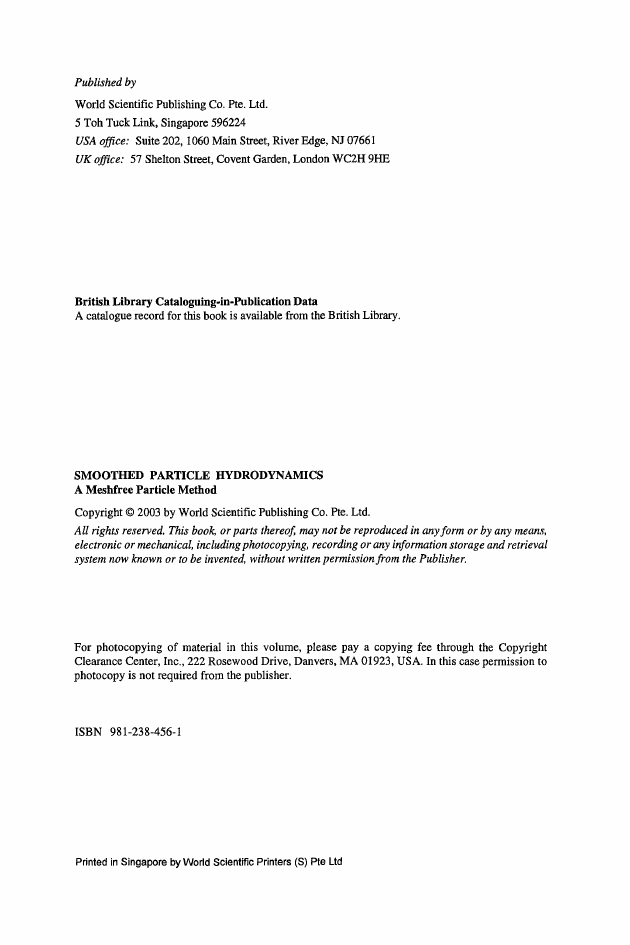
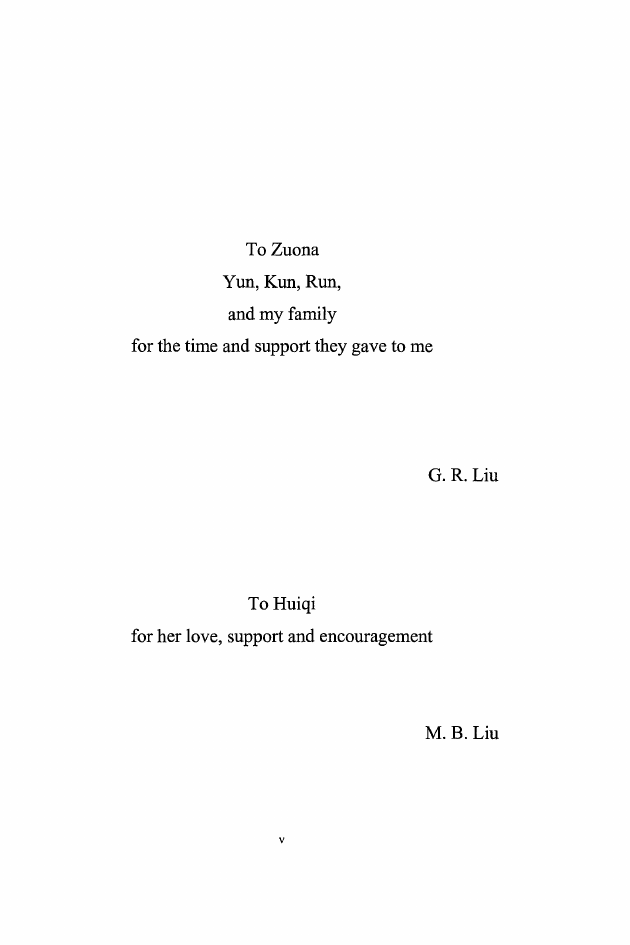










 2023年江西萍乡中考道德与法治真题及答案.doc
2023年江西萍乡中考道德与法治真题及答案.doc 2012年重庆南川中考生物真题及答案.doc
2012年重庆南川中考生物真题及答案.doc 2013年江西师范大学地理学综合及文艺理论基础考研真题.doc
2013年江西师范大学地理学综合及文艺理论基础考研真题.doc 2020年四川甘孜小升初语文真题及答案I卷.doc
2020年四川甘孜小升初语文真题及答案I卷.doc 2020年注册岩土工程师专业基础考试真题及答案.doc
2020年注册岩土工程师专业基础考试真题及答案.doc 2023-2024学年福建省厦门市九年级上学期数学月考试题及答案.doc
2023-2024学年福建省厦门市九年级上学期数学月考试题及答案.doc 2021-2022学年辽宁省沈阳市大东区九年级上学期语文期末试题及答案.doc
2021-2022学年辽宁省沈阳市大东区九年级上学期语文期末试题及答案.doc 2022-2023学年北京东城区初三第一学期物理期末试卷及答案.doc
2022-2023学年北京东城区初三第一学期物理期末试卷及答案.doc 2018上半年江西教师资格初中地理学科知识与教学能力真题及答案.doc
2018上半年江西教师资格初中地理学科知识与教学能力真题及答案.doc 2012年河北国家公务员申论考试真题及答案-省级.doc
2012年河北国家公务员申论考试真题及答案-省级.doc 2020-2021学年江苏省扬州市江都区邵樊片九年级上学期数学第一次质量检测试题及答案.doc
2020-2021学年江苏省扬州市江都区邵樊片九年级上学期数学第一次质量检测试题及答案.doc 2022下半年黑龙江教师资格证中学综合素质真题及答案.doc
2022下半年黑龙江教师资格证中学综合素质真题及答案.doc